-
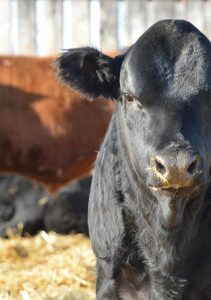
February 28, 2019Bull Selection: New Calculator to Determine the Value of a Bull Editor’s note: The following is part four of a four-part series that...
Keep Reading -
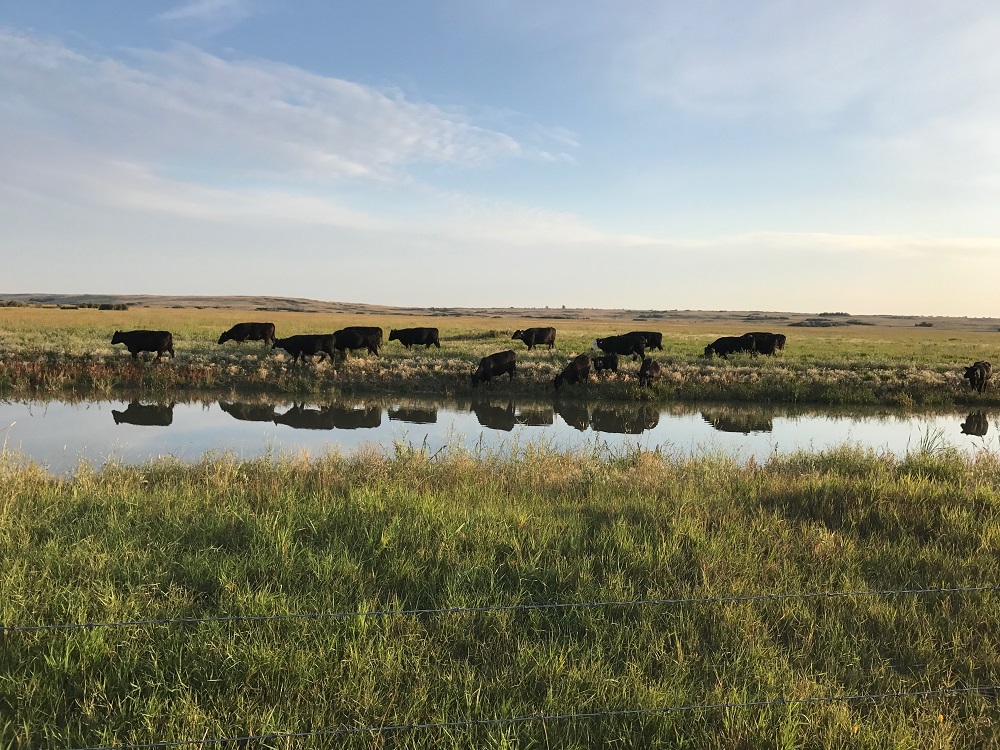
February 27, 2019How Much Water is Used to Make a Pound of Beef? Yes, it takes water to produce beef, but in the 2.5 million years since our ancestors started eating...
Keep Reading -

February 25, 2019Nominate an outstanding researcher by May 1 The Canadian Beef Industry Award for Outstanding Research and Innovation is presented by the Beef Cattle...
Keep Reading -
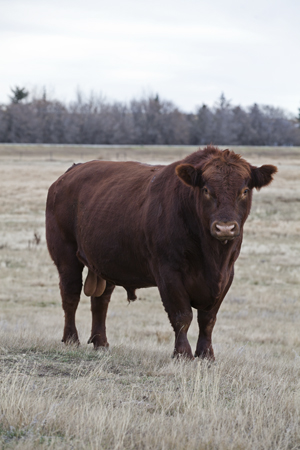
February 21, 2019Bull Selection: Using Economically Relevant Traits Economically relevant traits (ERTs) for beef bulls are those that are directly associated with a...
Keep Reading -

February 19, 2019Narrowing in on Johne’s Disease This article written by Dr. Reynold Bergen, BCRC Science Director, originally appeared in the February 2019 issue of...
Keep Reading -
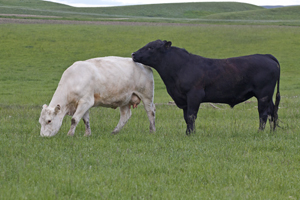
February 14, 2019Bull Selection: What are you looking for? 🎙️ Deliberate alignment of the bull's genetics to your operational goals will contribute to enhanced...
Keep Reading -

February 11, 2019Reminder: Adaptive grazing webinar tomorrow! Don’t forget to register for tomorrow’s webinar. By registering you can watch it live or...
Keep Reading -
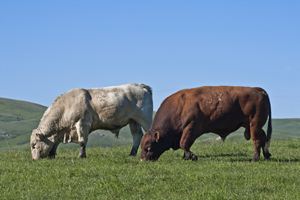
February 7, 2019Bull Selection: Breeding Programs That Suit Operational Goals 🎙️ There is no one-size-fits-all solution or breeding program that is best for all...
Keep Reading -
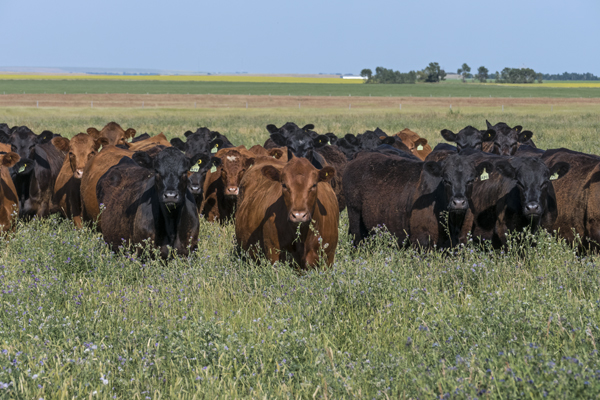
February 4, 2019Grazing Management Editor's note: Relevant and up-to-date information that had been available on Foragebeef.ca is gradually being added to...
Keep Reading -
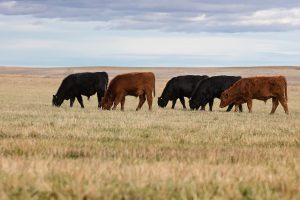
February 1, 2019Adaptive Grazing Management and How it Can Increase Your Pasture Productivity Webinar: February 12 Missed this webinar? Watch the recording here....
Keep Reading